Home security systems were once about protecting individual homes—but today, they’re increasingly acting as unregulated surveillance hubs. With the rise of smart doorbells, AI cameras, and community crime apps, your neighbor’s security system might be watching you, too. While some homeowners see these tools as necessary for safety, others argue they’re creating a culture of constant monitoring. Here’s how these devices are quietly transforming your neighborhood into something far more watchful than you might realize.
1. Doorbell Cameras That Capture the Entire Street
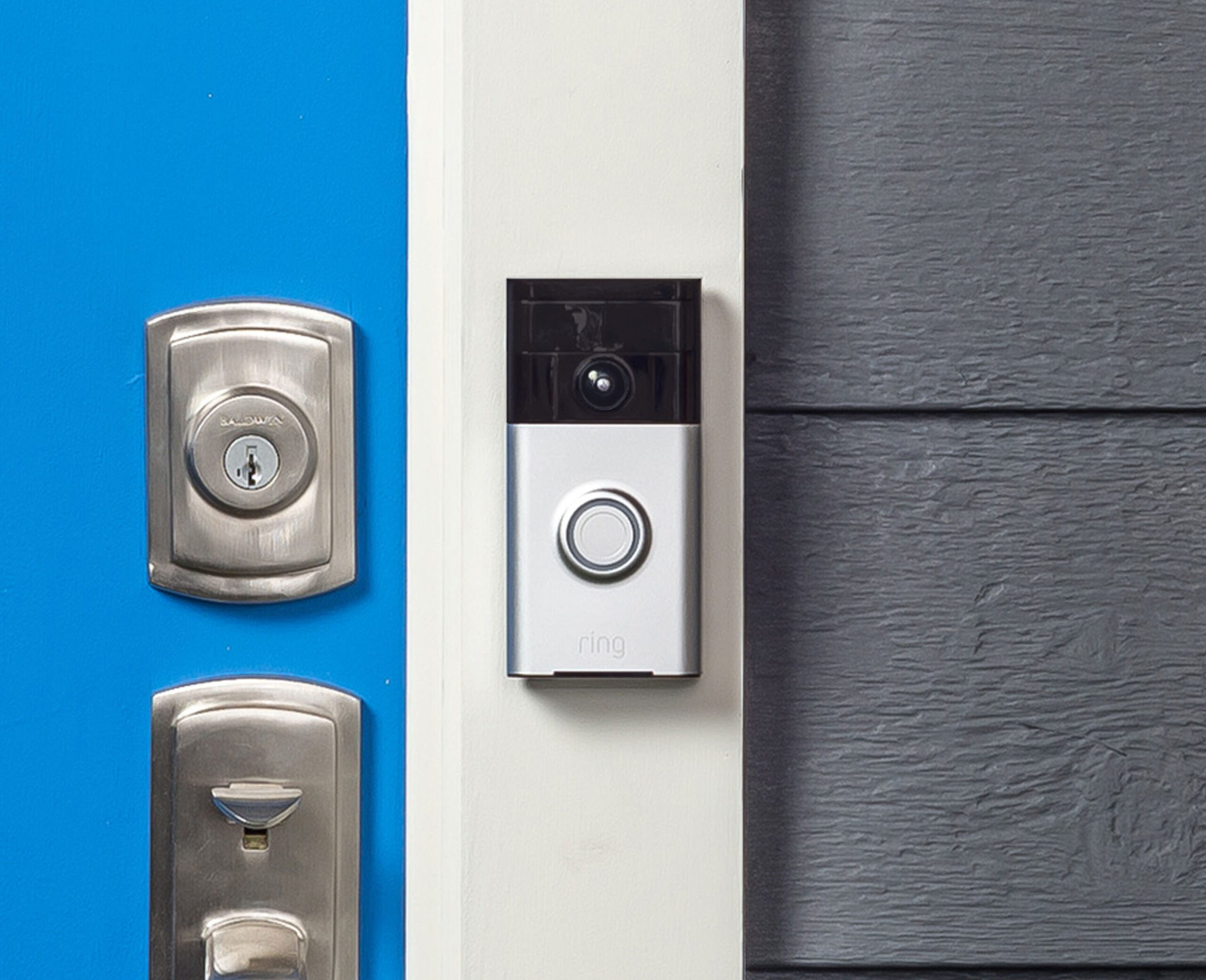
Many video doorbells are mounted to record more than just the doorstep—they capture sidewalks, streets, and even neighbors’ homes. A 2021 report from The Guardian noted that Ring devices often film well beyond a homeowner’s property line. These wide angles mean anyone walking by, whether suspicious or not, could end up recorded and stored. That footage might then be shared to neighbors, law enforcement, or even the public.
While it’s legal to film in public, the scope and permanence of these recordings change the game. People who never consented are suddenly part of a private surveillance archive. The result is a neighborhood where every move can be scrutinized. And that scrutiny doesn’t always come from trained professionals—it’s coming from anyone with access.
2. Police Partnerships With Private Camera Networks

Some cities are forming partnerships with security companies like Ring and Flock to access footage from residential cameras. NBC News reported that these relationships allow police to request video directly from residents through apps, sometimes without a warrant. While marketed as community safety tools, critics warn this bypasses standard legal oversight. It effectively extends police surveillance into private neighborhoods without formal consent.
These programs often rely on the goodwill or fear of residents to hand over footage. But when neighbors comply, they aren’t just protecting their own homes—they’re sharing data about everyone nearby. That includes delivery workers, passersby, or visitors with no connection to a crime. The neighborhood becomes a zone of informal policing.
3. Cloud Storage Means Everything Is Kept—Indefinitely
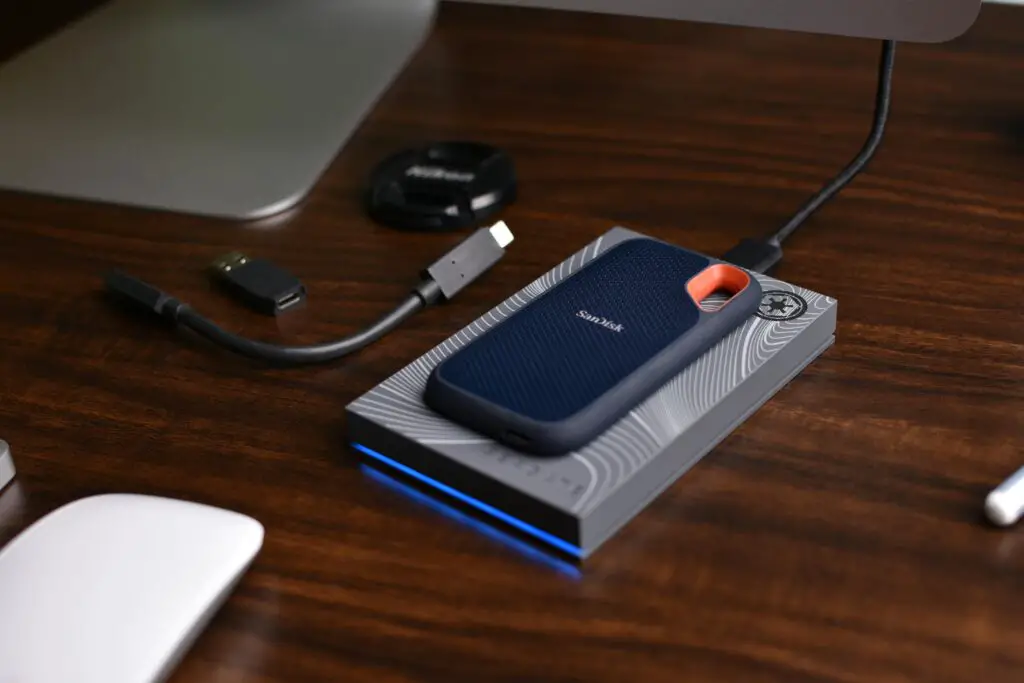
Security tech used to rely on tapes or local hard drives with limited space. Today, most systems automatically upload footage to the cloud, where it can be stored indefinitely. According to a piece from Wired, some users aren’t even aware how long their footage is retained or who has access. That creates a digital archive of everyday life in your neighborhood, accessible long after events occur.
Even mundane activity—kids playing, someone jogging—can become searchable content. If systems are hacked or misused, innocent people could be exposed. Homeowners may think they’re deleting footage, but backups often remain. It’s a level of data permanence that traditional surveillance never offered.
4. “Suspicious Activity” Is Becoming a Matter of Opinion
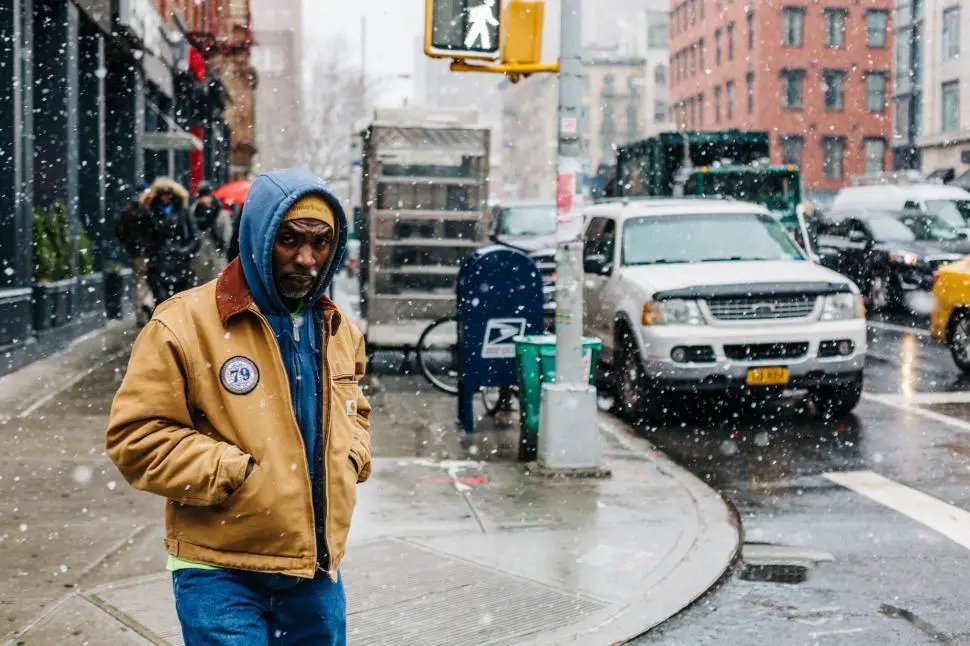
Community security apps like Neighbors or Nextdoor allow users to flag suspicious behavior—but those reports are often based on gut feelings, not evidence. A 2014 study in The Atlantic warned that racial profiling and confirmation bias can flourish in these environments. People may report unfamiliar individuals simply for walking through the area. Once uploaded, those images and reports shape how others perceive safety.
Unlike professional security staff, residents aren’t trained to assess threats objectively. A hoodie, a slow walk, or even someone looking around can trigger alerts. This can lead to over-policing of certain groups and increased tension among neighbors. Surveillance turns into social sorting—and not always in fair or accurate ways.
5. License Plate Readers That Track Everyone

Flock Safety cameras can log license plates of every car that enters or leaves a neighborhood. While pitched as crime-fighting tools, they effectively build databases of residents, visitors, and service providers. This means your daily routines—like when you leave for work or return from a trip—can be tracked. The data might be shared among neighborhood groups or law enforcement.
Even if you’re not doing anything wrong, this persistent tracking can feel invasive. And without centralized regulation, there’s little oversight. Homeowners associations and neighborhood watch groups often make the call on installation. Once installed, these cameras watch everyone—whether they know it or not.
6. AI-Powered Facial Recognition in Private Hands
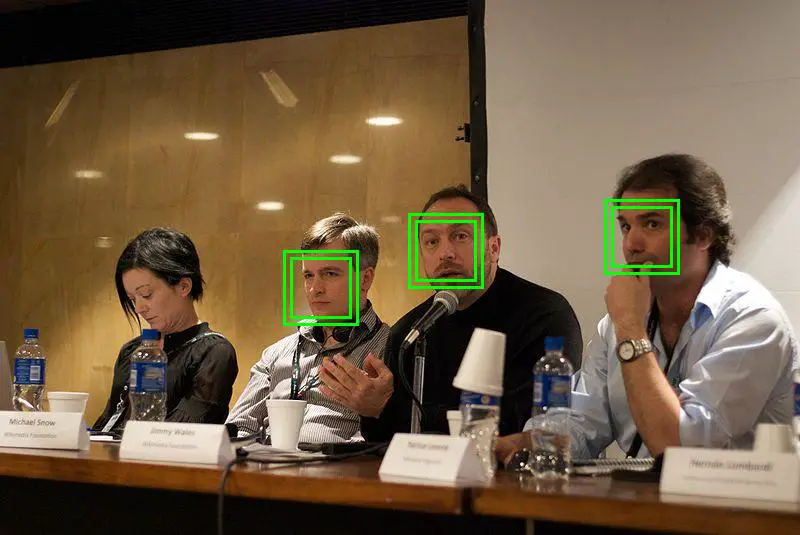
Some high-end security systems now include facial recognition capabilities. While this might seem futuristic, it opens the door to major privacy violations. Guests, neighbors, and delivery drivers could be scanned and logged without consent. And when the data is inaccurate, it can lead to false assumptions—or worse, wrongful accusations.
Because these systems are private, there’s no clear process for how long faces are stored or who gets access. Mistakes aren’t always correctable once uploaded. Facial recognition has known accuracy problems, especially for people of color. In the wrong hands, that technology can do more harm than good.
7. Shared Networks Mean You’re Being Watched From Multiple Angles

Modern security systems allow neighbors to link devices, creating mesh networks of surveillance. This means your movements could be recorded from several homes—even if you’ve never installed a camera yourself. Every angle is covered, from sidewalks to backyards to driveways. You’re in a surveillance net, even if you opted out.
The problem? There’s often no notification or consent required. People become subjects of multi-point monitoring just by living nearby. And because it feels invisible, few realize how much is being watched.
8. Motion Alerts That Trigger Every Time You Walk By
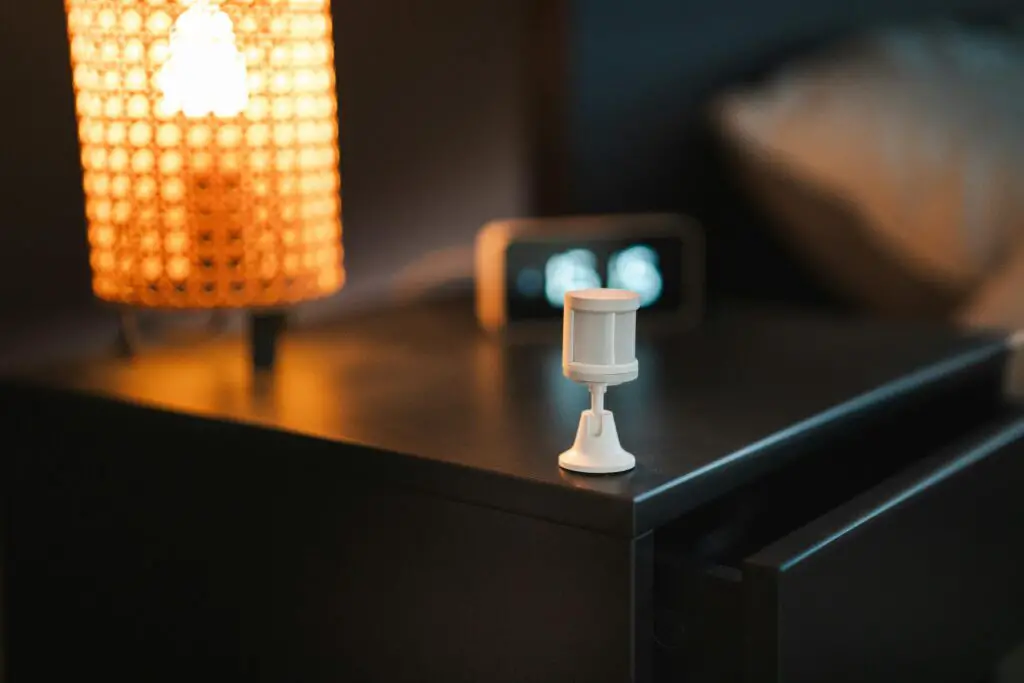
Smart systems now send alerts not just for intrusions, but for any motion. That means even walking your dog past a neighbor’s house could set off a notification. You may be flagged repeatedly without ever stepping on their property. Over time, this creates a pattern of scrutiny that can feel oppressive.
Some homeowners even label frequent walkers as “suspicious” based on nothing but movement history. With motion zones expanding, more and more activity gets captured. What was meant to protect becomes a tool for suspicion. This level of alert fatigue can erode trust instead of building safety.
9. Microphones Record More Than You Think

Video doorbells and smart security cams often come with two-way audio or ambient sound recording. That means private conversations near a front door—or even on the sidewalk—can be captured and stored. Few people realize just how sensitive these mics are. They might pick up everything from your kid’s tantrum to a neighbor’s argument.
There’s no legal requirement for homeowners to disclose audio recording. So you may never know you’re being recorded at all. That turns front lawns and porches into wiretapped zones. And there’s no easy way to opt out.
10. AI Now Flags “Anomalies” Without Context

Some systems use machine learning to flag “unusual behavior,” but those definitions are set by algorithms—not people. A delivery driver taking an extra minute, a teenager cutting through a yard, or someone pacing while on a phone call could be flagged. The AI doesn’t understand context, just deviation. That leads to alerts and archived footage of innocent behavior.
This automated suspicion reinforces the idea that any deviation is a threat. It puts technology in charge of defining what’s “normal.” And when people trust those alerts without question, the social fallout can be serious. Surveillance becomes both invisible and unchallengeable.
11. Private Footage Is Now Part of Public Investigations
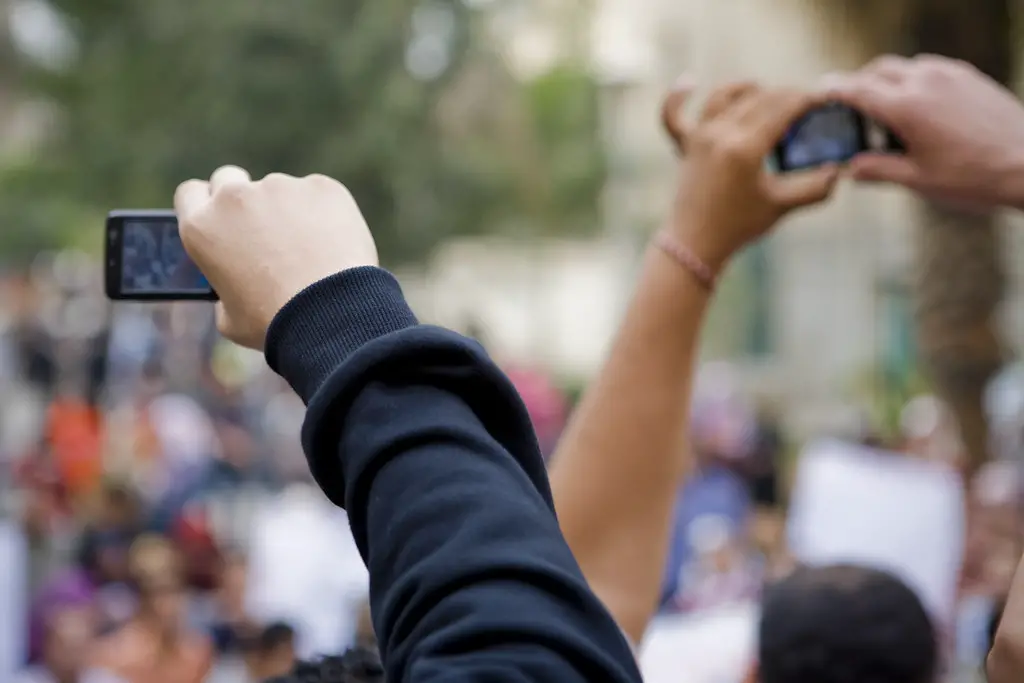
More and more, law enforcement agencies rely on home security footage to investigate crimes—even those unrelated to the homeowner. If something happens nearby, your system may be reviewed without your knowledge. In some cases, neighbors share footage of other people’s homes without consent. That blurs the line between private property and public evidence.
There’s no universal rule for how long footage is stored or how it’s used. Once handed over, it’s out of your control. What started as a private tool becomes a public record. And your home becomes part of someone else’s investigation.
12. Drone Integration Adds an Aerial Layer of Surveillance
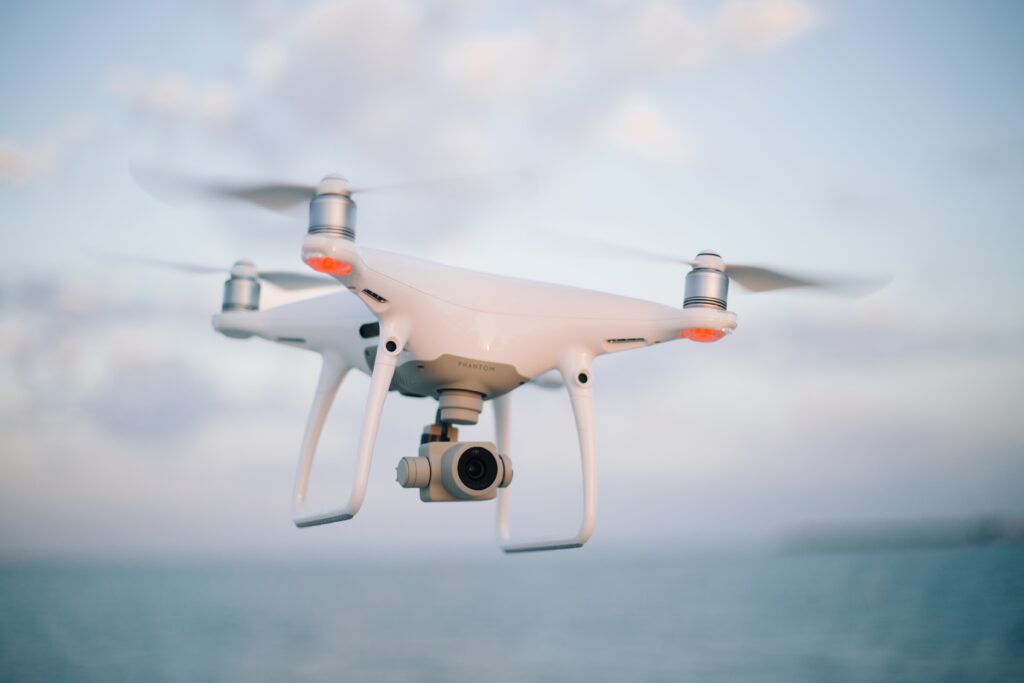
Some high-end systems can now pair with drones for flyover monitoring. These drones can be programmed to patrol property lines or respond to alerts. But once airborne, they can easily capture footage of neighbors’ homes, backyards, and private activities. That’s surveillance on a whole new level.
There are few laws governing drone usage over residential areas. And once footage is taken, there’s little recourse if it’s misused. The view from above may be more revealing than any camera on the ground. Yet few neighborhoods have policies in place to manage it.
13. Data Is Sold to Third Parties

Some smart security platforms collect metadata—like movement patterns, timestamps, and user behavior—and sell it to advertisers or data brokers. That means your routines could be monetized without your knowledge. You may not be the one under surveillance, but your data is definitely part of the product. Even anonymized data can be re-identified with enough cross-referencing.
This commercialization of neighborhood surveillance is rarely disclosed. It’s baked into user agreements most people never read. Your desire for safety may be fueling a new form of corporate profiling. And you’ll never know who’s watching your habits.
14. Community Fear Becomes a Marketing Tool
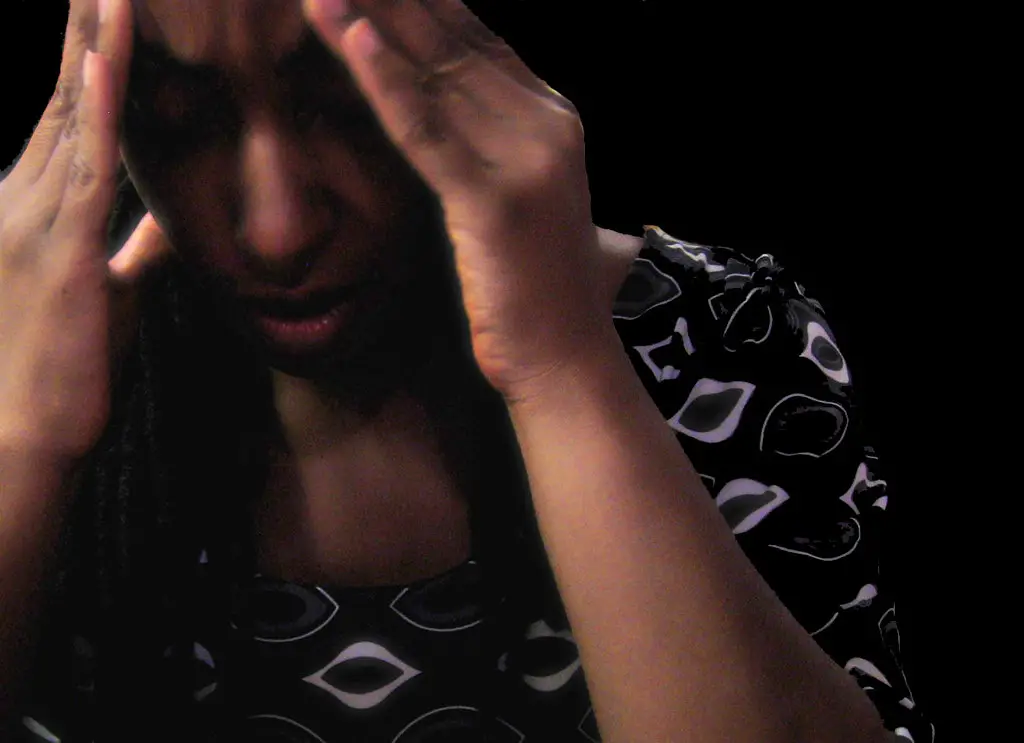
Security tech companies benefit when people feel afraid. Marketing often uses fear-based messaging—break-ins, porch pirates, and vague threats—to drive adoption. That constant sense of danger fuels an arms race of ever-more-intrusive tools. And once neighbors start installing them, others feel pressure to do the same.
This creates a feedback loop: more cameras, more alerts, more perceived threats. The neighborhood transforms from a community to a battleground. The more you watch, the more you fear. And the original goal of safety slowly shifts into one of total control.
